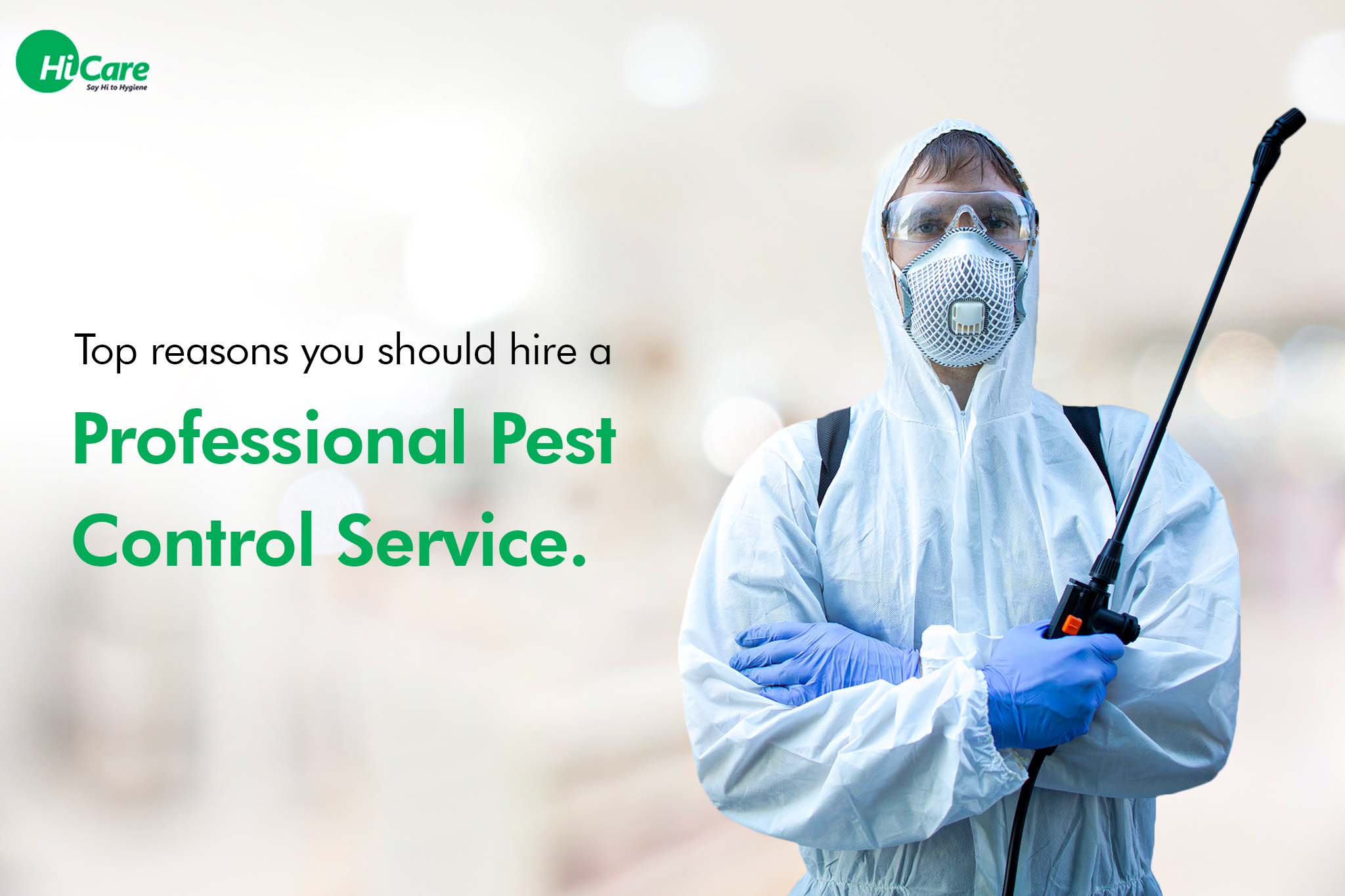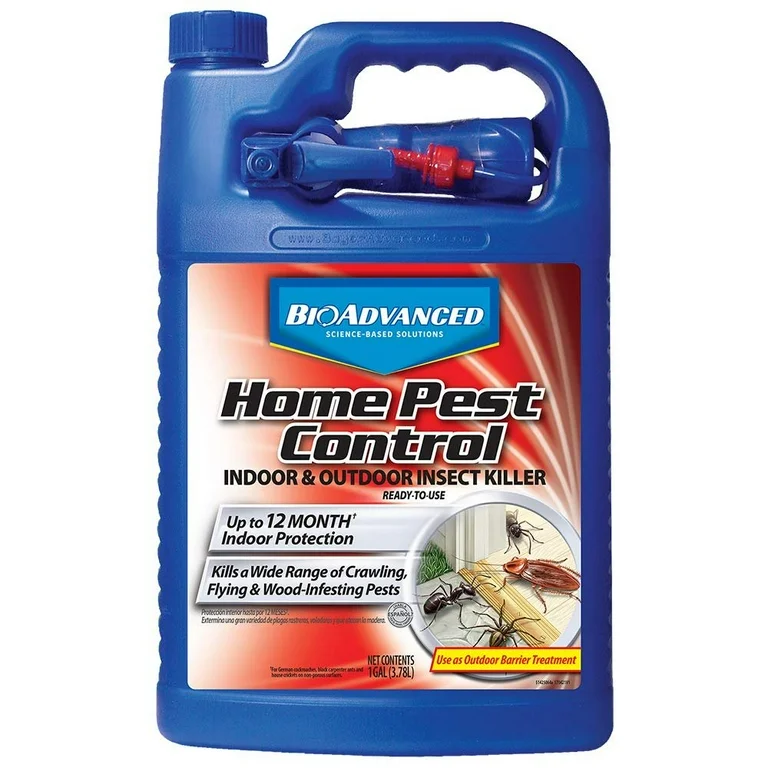Premier A1 Portland Bed Bug Exterminator - Top Quality You Can Trust
Premier A1 Portland Bed Bug Exterminator - Top Quality You Can Trust
Blog Article
Effective Parasite Control Solutions: A Thorough Look at Extermination Techniques and Avoidance Actions
In the world of pest control services, the successful management of problems requires a thorough method that incorporates various methods and measures for both removal and avoidance. From Integrated Pest Monitoring (IPM) strategies that focus on lasting options to chemical extermination techniques designed for targeted elimination, the collection versus pests is substantial and diverse. Organic control techniques and physical avoidance steps offer alternative paths to effectively combating undesirable intruders. Nevertheless, the secret to a thorough parasite control strategy lies not simply in the methods themselves, but likewise in the precise specialist assessment procedures that precede and educate them. By understanding the ins and outs of each strategy and just how they interplay, one can really understand the intricacy and performance of modern-day bug control solutions.

Integrated Pest Monitoring (IPM) Techniques
Integrated Pest Monitoring (IPM) Techniques incorporate a detailed technique to pest control that focuses on control, surveillance, and prevention techniques to successfully handle insect populations. By incorporating numerous methods, IPM aims to minimize the influence of bugs while likewise decreasing the reliance on chemical pesticides. Avoidance lies at the core of IPM, emphasizing techniques like appropriate cleanliness, maintenance of health, and securing entrance points to deter pests from infesting buildings.
Chemical Elimination Methods
Chemical elimination strategies are generally employed in insect control services to efficiently get rid of insect populations that pose a hazard to human health and wellness and property. These techniques include using numerous chemical substances specifically made to target and get rid of parasites such as bugs, rats, and other undesirable creatures. The application of pesticides, pesticides, rodenticides, and other chemical representatives is very carefully regulated to make sure maximum efficiency while minimizing threats to people, pet dogs, and the environment.
One of the key advantages of chemical elimination methods is their capacity to offer fast and targeted outcomes, making them especially valuable in cases of serious problems or urgent parasite control needs - portland exterminators a1 for bed bugs. Nevertheless, it is vital to stress the significance of proper handling, application, and disposal of these chemical items to stop unexpected harm
Moreover, incorporated bug administration (IPM) strategies commonly integrate chemical extermination strategies with other methods such as hygiene, environment modification, and biological controls to create a detailed and sustainable bug control approach. By including chemical elimination techniques sensibly within an IPM framework, parasite control services can efficiently take care of pest populaces while reducing potential risks to human health and wellness and the setting.
Biological Pest Control Approaches
Using all-natural predators and parasites to handle bug populations is a sustainable technique called organic parasite control. This strategy harnesses the all-natural systems of the environment to control insect populations without relying on synthetic chemicals. One usual biological control method includes presenting natural enemies of the target parasite types, such as ladybugs for aphid control or nematodes for termite infestations. These all-natural killers feed upon the pests, aiding to keep their populaces in check.
An additional effective organic control technique is the use of microbial termite control pesticides pesticides. These are normally taking place microorganisms, such as viruses, fungi, and germs, that especially target and infect specific bug varieties. By utilizing these microbial representatives, insect populaces can be properly reduced without hurting advantageous microorganisms or causing damage to the setting.
Physical Insect Avoidance Procedures
Implementing physical bug prevention measures involves utilizing barriers and architectural adjustments to deter pests from getting in or infesting a home. Setting up door moves, screens on windows, and securing fractures in the foundation can aid prevent pests like bugs and rats from getting gain access to inside.
An additional physical avoidance procedure is the use of obstacles like fence to maintain bigger insects such as raccoons or deer far from the residential or commercial property. Installing mesh or cord screens around yards can shield plants from being damaged by parasites. Correct waste management, including securing garbage containers with tight-fitting covers, is necessary in hindering insects like bugs, raccoons, and rats. By applying these physical pest avoidance measures, homeowner can significantly lower the danger of parasite infestations and the damages they can cause.
Professional Parasite Examination Procedures
Performing detailed and systematic parasite assessments is a fundamental element of professional parasite management procedures. Specialist bug assessors are educated to diligently check out residential or commercial properties for indications of invasions, identifying pest types, access factors, and favorable conditions.

Conclusion
Finally, effective bug control solutions employ a range of methods, consisting of Integrated Insect Administration strategies, chemical extermination techniques, organic controls, and physical avoidance steps. Expert parasite inspection procedures play a crucial role in determining and addressing pest issues in a timely way. By applying a combination of these techniques, building owners can site here successfully protect against and handle parasite infestations.
From Integrated Insect Administration (IPM) methods that focus on lasting solutions to chemical elimination strategies developed for targeted elimination, the toolbox against parasites is diverse and vast.Integrated Parasite Monitoring (IPM) Methods incorporate an extensive technique to pest control that concentrates on monitoring, prevention, and control techniques to properly handle parasite populaces.Chemical elimination strategies are commonly employed in insect control services to successfully eliminate bug populaces that posture a hazard to human health and wellness and residential or commercial property.Employing natural killers and bloodsuckers to handle pest populations is a sustainable method recognized as organic pest control.In verdict, efficient bug control services use a range of techniques, consisting of Integrated Pest Monitoring methods, chemical extermination informative post approaches, biological controls, and physical prevention actions.
Report this page